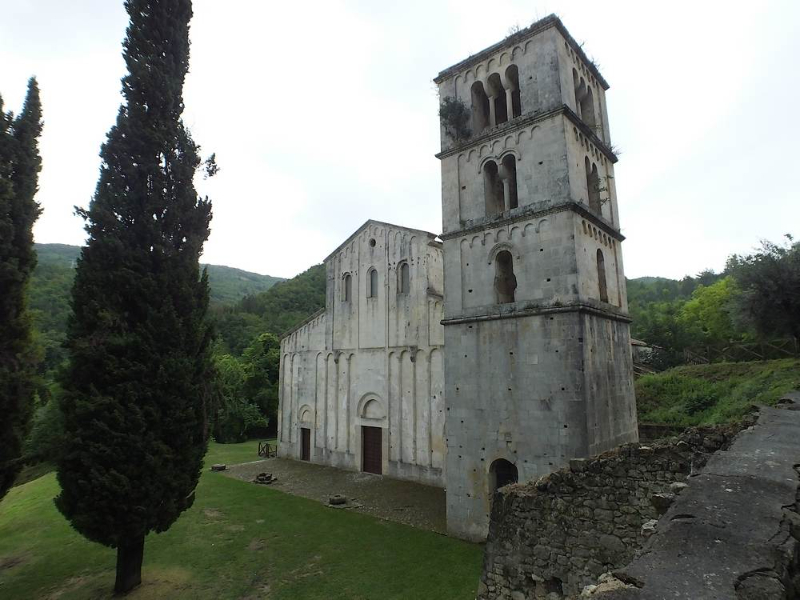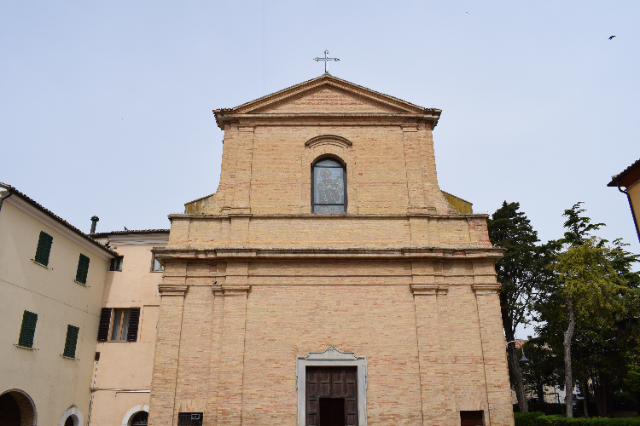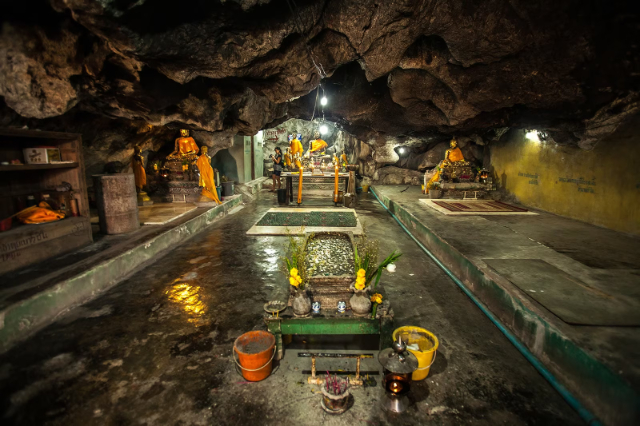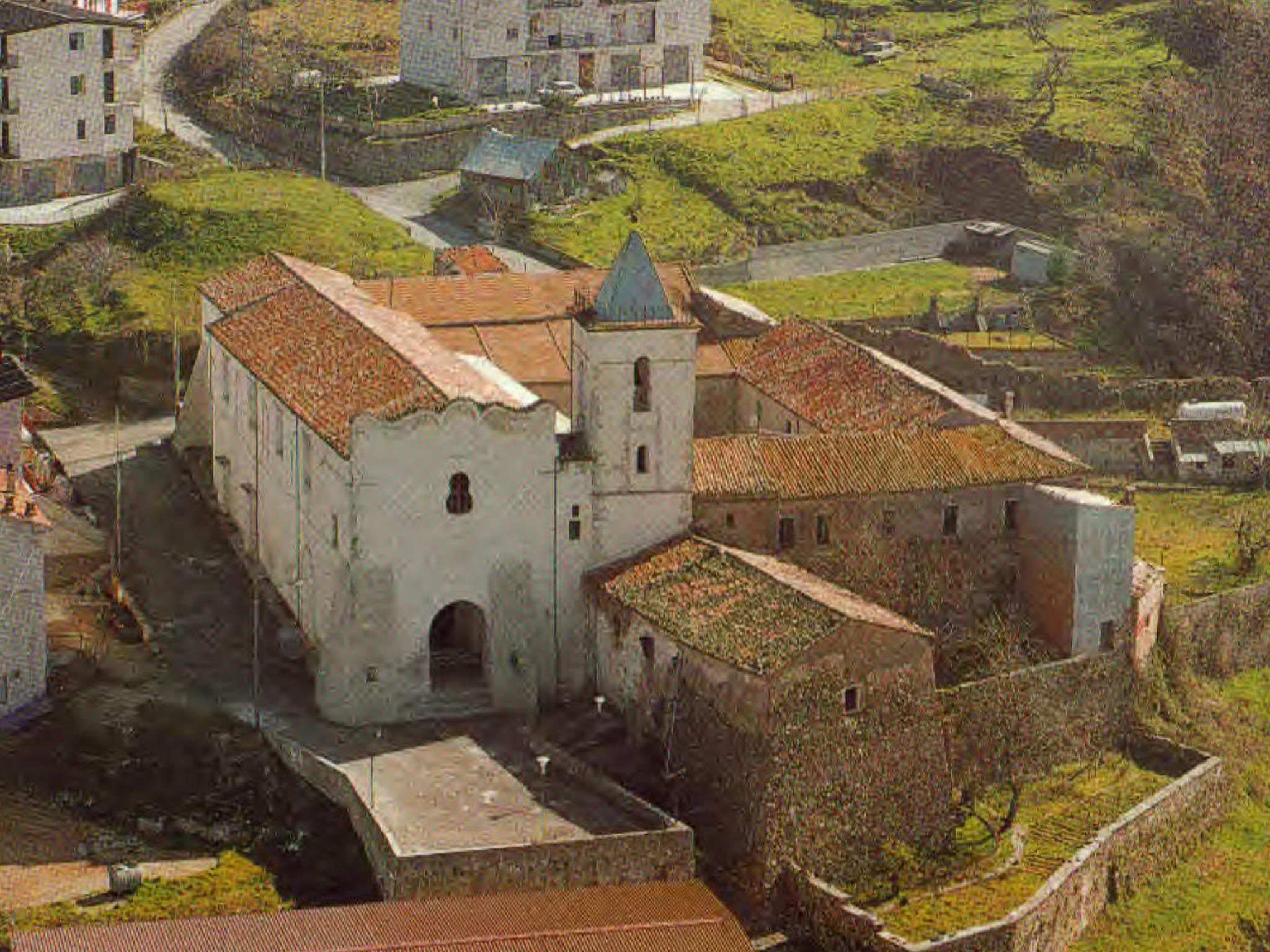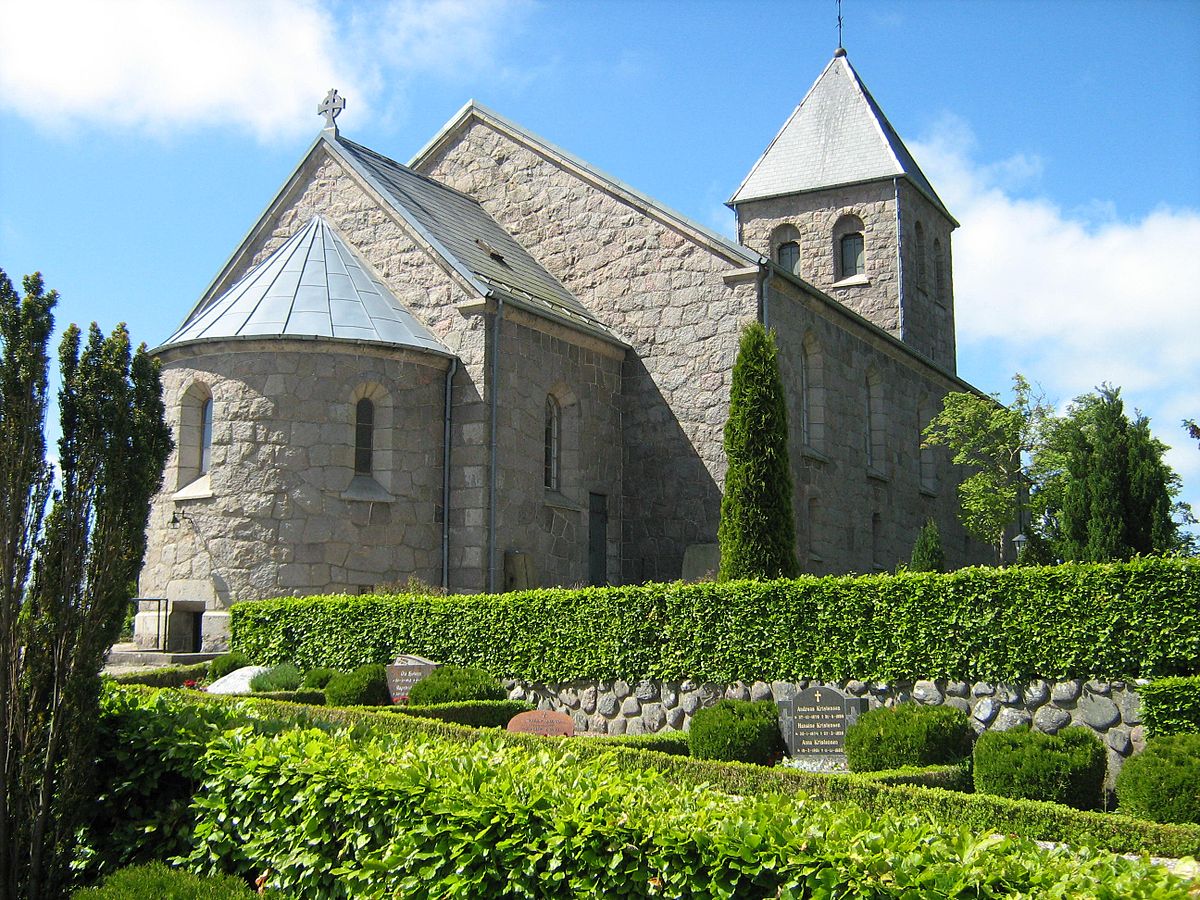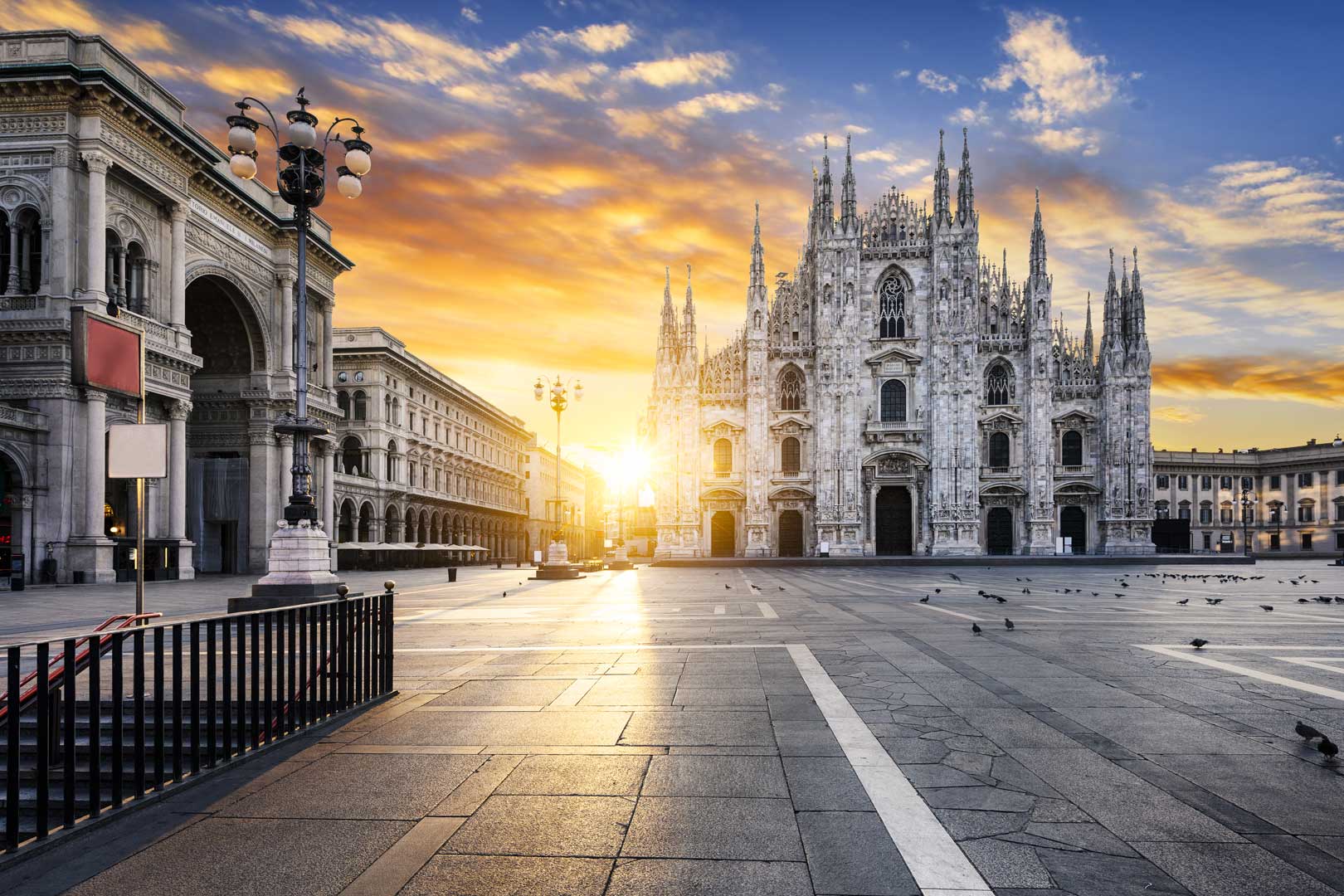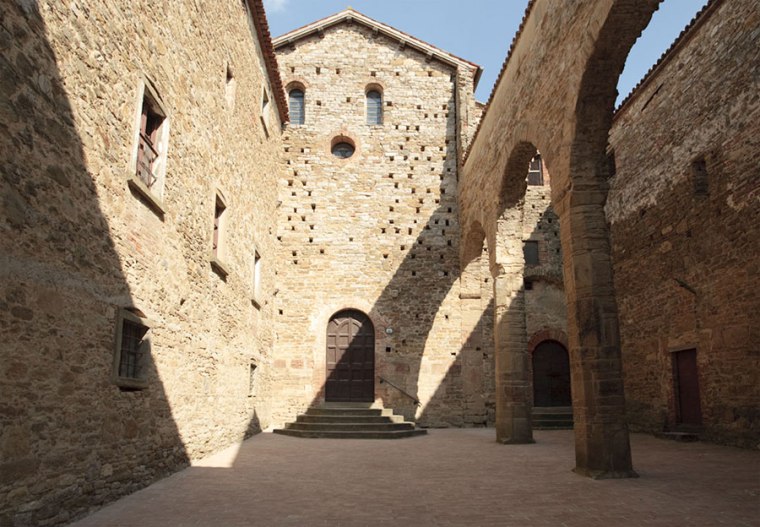It is one of the most important examples of Romanesque architecture in Abruzzo.
The building has a basilical plan with three naves ending with three semicircular apses. The naves are crossed by seven arches resting on pillars and concluded by the typical Benedictine frame. Along the left aisle there are two doors: the first one gave access to the cloister, the second one to the monastery. The central nave is covered with a mosaic floor dating back to 1275. There is an ambo datable to 1180.
In the central and left apses there are two important cycles of frescoes, the oldest of which date back to the 13th century.
The external façade, made of Maiella tanned stone, is flanked by a square bell tower and was once preceded by a portico. The wall surface of the prospectus is marked in two orders: upper, with frames supported by blind arches and pilasters, and lower, with the three portals.
The central and the right portal are dated around 1100, the left portal is later.
Cassinese Prepositura. According to the Memoratorium of the Abbot Bertario of Montecassino in the ninth century the territories of S. Liberatore extended from Pescara to Trigno.
After the earthquake of 990, the prior Teobaldo (1007-1022) started the reconstruction of the monastery and of its land patrimony partly occupied by the counts of Chieti. In the XI century the Normans subjected the monastery to their influence. Under the Angevins the goods of S. Liberatore were confiscated several times and returned by Charles and Robert of Anjou.
In 1465 the cardinal Ludovico Trevisan became commendatory abbot of the monastery of Montecassino and of all its appurtenances. From that moment on, the priors were appointed by the commendatory abbot and they dealt only with ordinary administration until the Napoleonic suppression in 1808.
